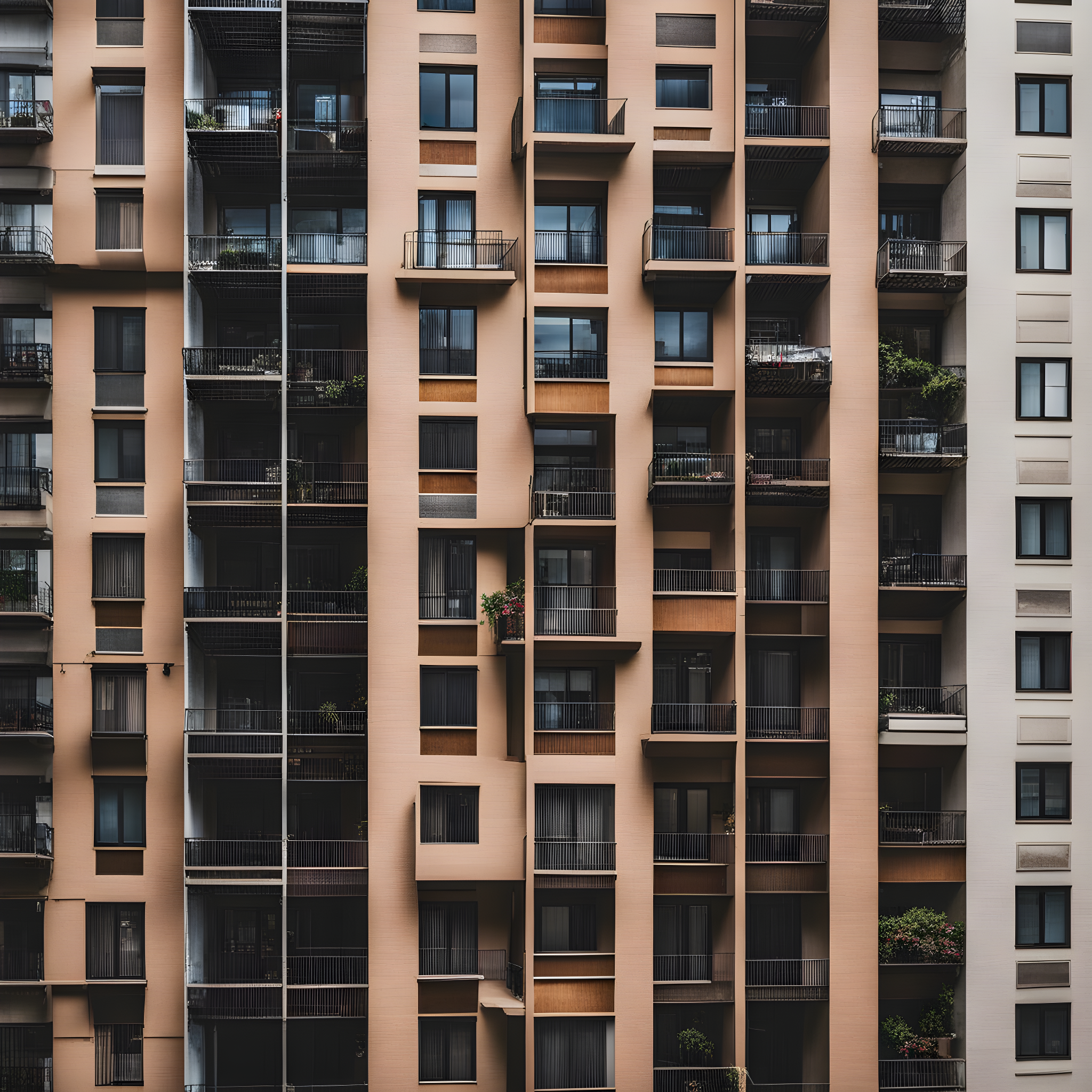Exploring the Anatomy of Apartment Buildings: How Many Floors Do They Have?
Introduction
Apartment buildings have become an integral part of urban landscapes worldwide. These multi-story structures provide housing solutions for a large portion of the population, offering convenience, security, and often a sense of community. Whether you're a prospective tenant, an architect, or simply curious about urban infrastructure, understanding the number of floors in an apartment building can provide valuable insights. In this article, we delve into the various factors that determine the number of floors in an apartment building and why it matters.
Historical Evolution
The concept of apartment buildings, also known as multi-family housing, has evolved over centuries. The earliest known examples can be traced back to ancient Rome, where multi-story structures called insulae were used to accommodate the growing urban population. These buildings typically had four to five floors and were constructed using wood and bricks. In the centuries that followed, various factors such as architectural advancements, urbanization, and zoning regulations influenced the number of floors in apartment buildings.
Determining Factors
Several factors play a significant role in determining the number of floors in an apartment building:
Location: Urban density and available land are key factors. In crowded city centers, it's common to see high-rise apartment buildings with many floors, whereas in suburban areas, apartment complexes may have fewer floors.
Zoning Regulations: Local government regulations and zoning codes dictate the maximum allowable height and density of buildings in a given area. These regulations aim to ensure that buildings are appropriately scaled to their surroundings.
Architectural Design: The design of the building, including its layout, aesthetics, and intended use, influences the number of floors. For example, luxury apartments may have fewer but more spacious floors, while affordable housing may be more vertically compact.
Economic Considerations: The cost of construction, land prices, and the expected return on investment can affect the number of floors. Building taller structures can be more expensive, but it can also provide more units to generate revenue.
Engineering and Construction: Advancements in construction techniques and materials have allowed for taller and more stable apartment buildings. Elevators, reinforced concrete, and steel structures have made it possible to build skyscrapers.
Tenant Demand: Market demand for housing types can also play a role. If there's a need for more apartments in a particular area, developers may build higher to accommodate the demand.
Types of Apartment Buildings
Apartment buildings come in various forms, each with its own considerations regarding the number of floors:
Low-Rise: These buildings typically have 1 to 3 floors and are commonly found in suburban or rural areas.
Mid-Rise: With 4 to 9 floors, mid-rise apartment buildings are common in urban and suburban settings, providing a balance between density and convenience.
High-Rise: High-rise buildings can have 10 or more floors and are prevalent in densely populated urban areas. They are often equipped with elevators, parking facilities, and other amenities.
Skyscrapers: The term "skyscraper" is generally used for very tall buildings, often exceeding 40 or 50 stories. Skyscrapers are iconic in major cities and offer breathtaking views but come with unique engineering challenges.
Implications of the Number of Floors
The number of floors in an apartment building has significant implications for both tenants and the community:
Density: Higher floors generally mean more housing units, which can help accommodate growing urban populations.
Amenities: High-rise buildings often offer more amenities such as gyms, rooftop gardens, and swimming pools, which can enhance the quality of life for residents.
Views: Taller buildings can provide stunning views of the cityscape, waterfront, or surrounding landscape.
Safety and Accessibility: Elevators, fire safety, and accessibility features become increasingly important in taller buildings.
Conclusion
Thenumber of floors in an apartment building is a complex interplay of historical, economic, architectural, and regulatory factors. Whether you're considering moving into an apartment, investing in real estate, or studying urban planning, understanding this aspect is crucial. The future of apartment buildings will continue to evolve, driven by the needs of modern society and the advancement of construction technologies.
Sameera Building Construction
Your One-Stop Shop for Building Dreams (Literally!)
We've got bricks, we've got beams, and we've got a bunch of hard hats.
Because when it comes to construction, we don't just build buildings; we build stories.
Visit Us Now and Join the Fun!Source link


